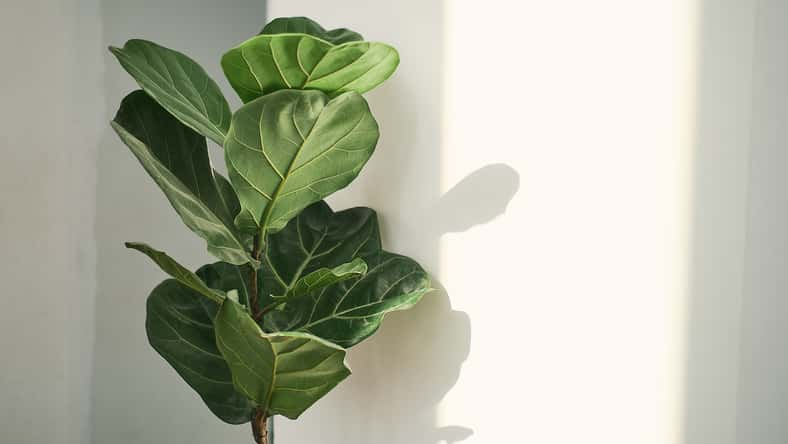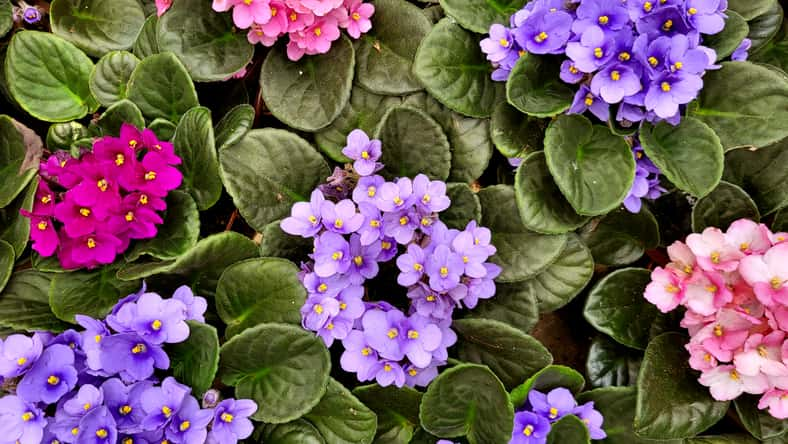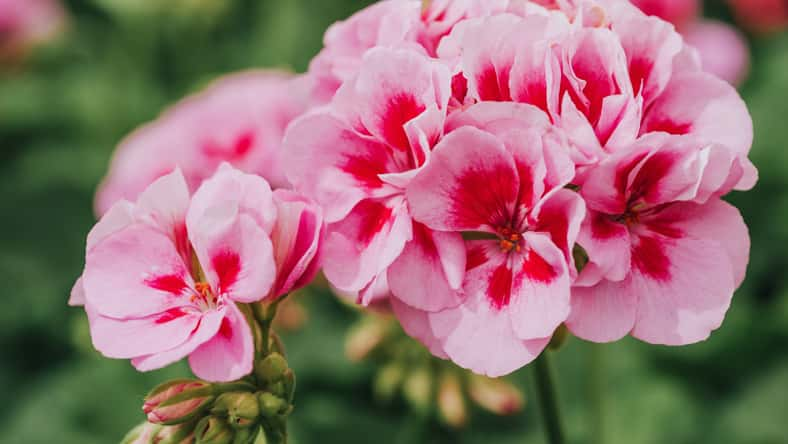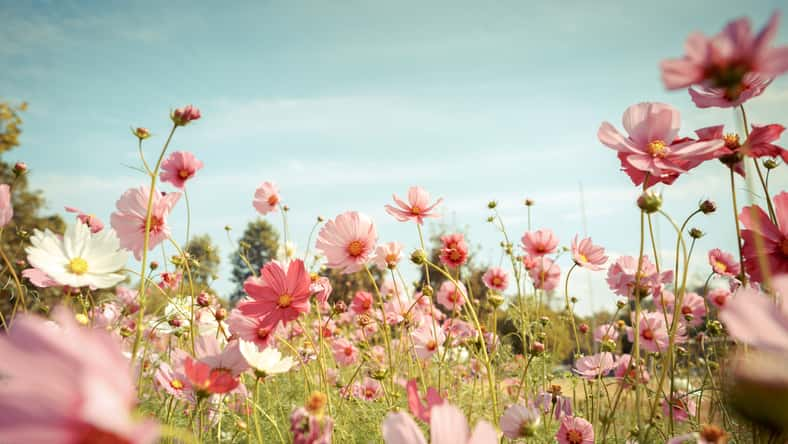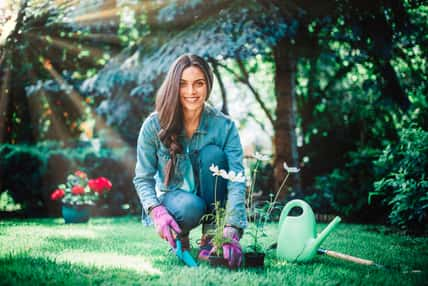
As a woman in her early 30s, I’ve realized that I’m entering the era of my life where I’m ready to take care of more plants.
Having plants brings a lot of joy to so many people, and there’s something about nurturing and watching them grow that’s very therapeutic and healing.
However, there are a lot of things to learn about plants, and you often have to take time to educate yourself on specific plant needs. For instance, do you know how to fertilize your plants?
Fertilizing is important, as it provides certain nutrients your plants need to grow and thrive. It’s an interesting process; if you don’t know anything about it, I have a basic guide for you.
If you live in a residential area, there’s a good chance that there is already nutrient-dense soil that will keep your plants happy and healthy.
In certain locations, you may find your soil is lacking, or your plants need an extra boost in general to look their best.
Even if your soil is pretty solid, fertilizing is like putting your plants on steroids – they’ll grow faster, stronger, brighter, etc.
Fertilizing isn’t only beneficial for outdoor plants in the ground, but it also can do wonders for potted plants and indoor house plants.
Plants like perennials, trees, and shrubs should be fertilized once a year. You can use a slow-release fertilizer to help your plants slowly absorb the nutrients and grow more over time.
The timing is up to you, but it’s recommended to fertilize these plants somewhere between the end of the winter and early spring so as not to use them when the weather is too hot or too cold.
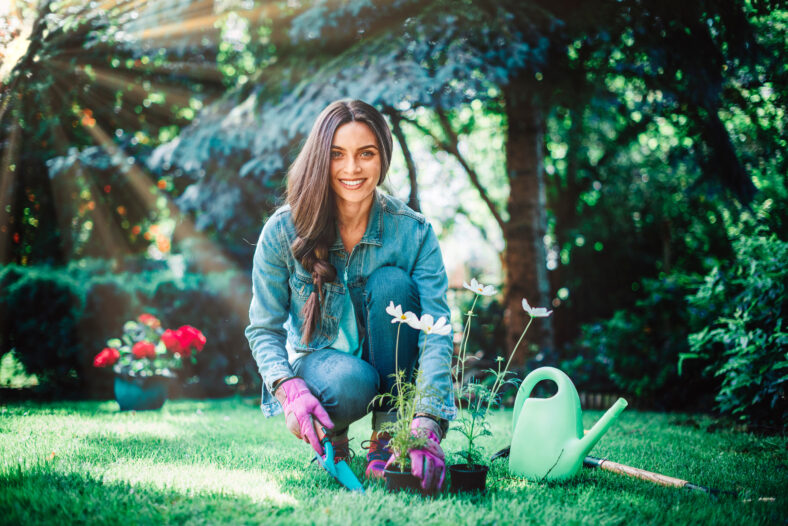
Sign up for Chip Chick’s newsletter and get stories like this delivered to your inbox.
If you are growing your own vegetables, fertilizer can help them thrive. To get things going, it’s recommended you add slow-release fertilizer in the same hole as your vegetable plants when you first plant them.
Houseplants can and should be fertilized but don’t need a specific fertilizing schedule. You can use slow-release fertilizer and leave it alone for a few months or use a liquid fertilizer more frequently.
Just be sure to read the instructions very carefully, as using too much fertilizer with houseplants can be overkill.
When it comes to selecting fertilizers for your plants, simply read the labels closely. Plants like perennials, trees, and shrubs typically thrive off a general fertilizer; the same goes for houseplants.
But, pay close attention when buying vegetable fertilizer, as you’ll want to ensure it’s intended for vegetables or has a low NPK ratio overall, as there are certain nutrients you don’t want too much of for your veggie plants.
Now, you have all the basic information you need for fertilizing your plants. When done correctly, it can take your plants to the next level.
If you ever get confused, head to your local Home Depot or gardening store and talk to an employee about finding the right product for your situation. Enjoy!


